Planning sessions for multiple clients on your caseload, all with different goals, can be very time-consuming. Do you ever find yourself in search of those super quick and easy activities that you can grab and use with almost any client and any goal? Well, look no further! Here’s my list of top ten quick and easy open-ended activities for speech therapy that you can adapt for several different goals on your caseload.
Ten Ideas for Open-Ended Activities for Speech Therapy
1. Feed the Animal/Character:
There are many different ways to set up this activity to make it reinforcing and engaging for your students. All you need is a tissue box, some velcro, and then a printout of the animal or character you choose to create. Simply cut out the animal/character and velcro it onto the tissue box. For example, if you want to create a frog, print out a picture of a frog, velcro it onto the tissue box, then cut out its mouth. If you want this to be durable, I recommend laminating the printed-out animal/character. If you have students who enjoy certain TV show characters, songs, or toys, use those interests to create your tissue box. For example, you can print out a picture of Olaf from Frozen to put on the box for your students who love the movie!
HOW TO PLAY: Simply have the student feed the animal/character each time they perform their target goal. So, if you have a frog, you can print out pictures of bugs to feed the frog. If you are working on categories, have the student name three different types of animals and then feed the frog a bug. If you are working on fluency, work on reading/speaking fluently while feeding the frog. If you are working on the initial /s/ sound, feed the frog after producing a target word 5 times. This activity is extremely adaptable and simple, and kids love it!
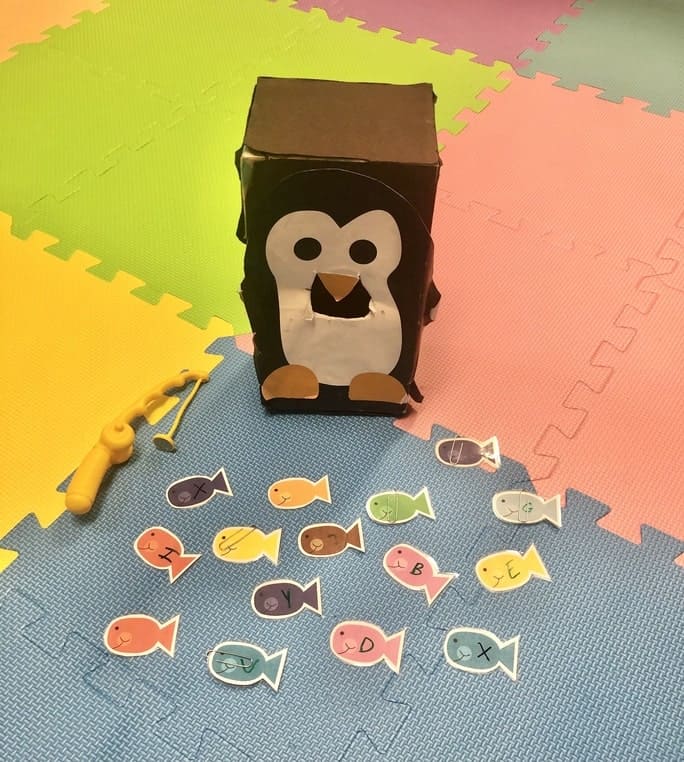
2. Beach Ball:
Simply buy a beach ball, blow it up, and write on the ball! You can work on answering WH questions, object description, naming items in a category, sentence structure, fluency, vocabulary, and speech sounds. You can even have a beach ball for different target goals. For example, one for WH questions, one for /s/ blends, and one for categories.
HOW TO PLAY: Throw the ball to your student and have them catch the ball. Whatever question their thumb is touching is the question they will answer. Examples of questions written on the ball may be, “Name 4 animals.”, “What is your favorite food?”, “What kind of music do you like?”, “Name something you can find in the sky.”. You can play this activity initially as an ice breaker to get to know your students. Lastly, if you are running a group therapy session, you can work on social language by working on turn-taking and basic conversation with peers.
3. Online Resources:
There are several resources that you can find online in order to use as open-ended reinforcements within therapy sessions. The great thing about using online resources is catering to your student’s interests in order to sustain increased attention and participation. Does your student love horses? Then go on the hunt for a horse game, puzzle, or video. Does your student enjoy race cars? See if you can find a simple car racing game or video clip to use as reinforcement.
Here are a few open-ended resources on The Digital SLP website that you can incorporate with several different students when working on various goals.
PUZZLES: Select one of the six puzzle options on the main screen. Have your student complete their target goal. For example, name categories, speech articulation target words/sentences, answer WH questions and then select one puzzle piece. Continue this until the student completes the puzzle! You can even use the puzzle as another opportunity to work on building language. Instead of giving your student access to the mouse, have your student describe the puzzle piece they would like you to select. That way, they are still working on using appropriate sentence structure, describing, expanding upon utterances, and target speech sounds when engaging in a fun and reinforcing activity.
COLORING BOOKS: Select one of the six coloring page options on the main screen. You can have your student complete their target speech therapy goal. For example, speech sounds, answering WH questions, categories, fluency, and then color in one part of the coloring page. You can also work on having the child tell you the color they want, if they want the crayon to be “bigger” or “smaller”, and what part of the page they would like to color. There are so many different ways to use this resource in order to target several goals within therapy!
4. Crafts:
Completing crafts with your students can be a great way to target several different goals within therapy while also incorporating themes within your sessions to introduce new vocabulary. For example, you may be talking all about Easter, so your craft of the day is making a bunny rabbit! Target your therapy goals and provide your student with a piece to the bunny craft after they complete each target goal. By the end of the session, they will have created a bunny. You can use crafts within your sessions to go along with books being read or themes being discussed that day in order to carry on the topic of the day. Crafts are also great because the student can take the craft home afterward to show their parents! This allows them to revisit the vocabulary used within the session by describing the craft and discussing what they talked about during therapy.
5. Matching Games:
Matching games are extremely reinforcing and simple to use within therapy. You can create your own matching game or use an already created one. Each time your student finds a match, have them complete one of their goals, such as practicing speech sound, describing, categories, WH questions, and fluency.
CREATE YOUR OWN: If your student is working on a specific speech sound in therapy, find pictures with the target speech sound and print off duplicates of those pictures. If you have speech articulation card decks, you can use those too! Flip over all of the pictures and mix them around. Create a game board with those pictures. For example, use 5 rows and 5 columns on the game board. Then take turns with your student flipping two cards over. If you get a match, you get to keep that match! Each time you find a match, you then practice the word you flipped over. If your student is at the sentence level, you can have them make up a sentence as well. Then count how many matches you have and how many matches your student has at the end to see who won!
6. Movement Games:
Incorporating movement activities within therapy sessions allows students to stay motivated and engaged. You can use movement activities to target just about any goal. Take TOSSING GAMES for example! Have the students throw balls or objects into targeted areas within the therapy space when targeting speech therapy goals. You can also make these tossing games theme-related in order to continue to incorporate various vocabulary within sessions. For example, if you are talking about winter and snow within your session, you can use cotton balls or styrofoam balls to replicate snowballs and throw them into a basket or bucket. You can also have the students roll dice to see how many ‘snowballs’ they get to throw. Each time they throw a snowball, have your student practice their target speech therapy goal.
Another movement-based activity that children absolutely love is going BOWLING. You can put cards under each bowling pin, such as action pictures, category cards, and target speech sound cards. Then have the student roll the ball. When the pins fall, the student collects the cards that were under the fallen pins. This is very stimulating and your students will likely ask to go bowling during each session!
7. Sensory Play (with playdough):
There are many different sensory play activities you can use within therapy sessions to target various speech sounds. These activities are usually very quick to prepare and done without buying new materials. One of my favorites is playdough! Here are a few ways to use playdough when targeting various goals:
SPATIAL CONCEPTS: Provide your student with a picture scene and ask them to place the playdough, “above the flower”, “under the sun”, “in between the trees”, “on top of the chair”, and “next to the boy”. You can also hide playdough around the room and provide the student directions of where to look, or have the student express where the play dough is located in the room.
DESCRIBING: Have the student describe the playdough. Is it big, little, round, flat? What is its color, size, shape?
SPEECH ARTICULATION: Print out a page with the student’s target speech sounds. Once they practice a target word, have them place the playdough to cover that picture.
WH-QUESTIONS: This is very similar to the articulation activity. Print out a page with basic WH questions, then have the child place the playdough on the answer.
8. Board Games:
Playing traditional games within therapy can be used when targeting several goals. This is one of the open-ended activities for speech therapy that is a great reinforcement for many children. Games such as Candy Land, Chutes and Ladders, Don’t Break the Ice, and Hungry Hungry Hippos can be used with children of all ages to target various goals.
HOW TO INCORPORATE: Let’s take Candy Land, for example. Have the student roll a die and move their piece across the game board. With each turn in the game, have the student complete their target goal. Target goal samples could be a speech sound in a sentence, naming four things that can fly, an object description, or naming an action word. You can also use games such as Don’t Break the Ice or Hungry Hungry Hippos as a reinforcer at the end of a session so that students realize once work is complete, they can play!
9. Mystery Bag:
Using a Mystery Bag within sessions is exciting for students. It also provides you with a very versatile activity to use over and over again with the same student. So, grab a bag and place in some items, then have the student reach in!
GUESS WHAT’S INSIDE: Have your students reach in and try to guess the items based on how they feel. You can ask prompting questions, such as, “Is it big or little?”, “What shape is it?”, “Is it long or short?”, or “Does it make any noise?”.
CATEGORIES: Have your student determine what the items in the bag have in common. For instance, work on labeling categories and talking about object function. You can also discuss if any items could be missing, or name additional items that could go into the bag.
GUESS MY ITEM: Have the student close their eyes, then you pick one item out of the bag. Describe the item and see if the student can guess what the item is! Then, switch roles and have the student be the one describing the item.
STORYTELLING: Have the student take all of the items out of the bag. Work on making up a story using all of the items! This is exciting, while also challenging at the same time!
10. Toys:
Incorporating toys that you already have within sessions is quick and low-prep, quite engaging, and it allows for several opportunities for your students to work on target goals. You can provide your student with a piece to the toy each time they complete a target question or goal. Once all the pieces are collected, they can play! Some examples of fun and easy toys may include Mr. Potato Head or Pop the Pig. Each time the student completes a target goal, they get a body part for Mr. Potato Head or a hamburger for Pop the Pig!
Planning sessions can be very time-consuming, I hope these simple and quick open-ended activities for speech therapy will help you save some time and plan great speech therapy sessions for all of your students!


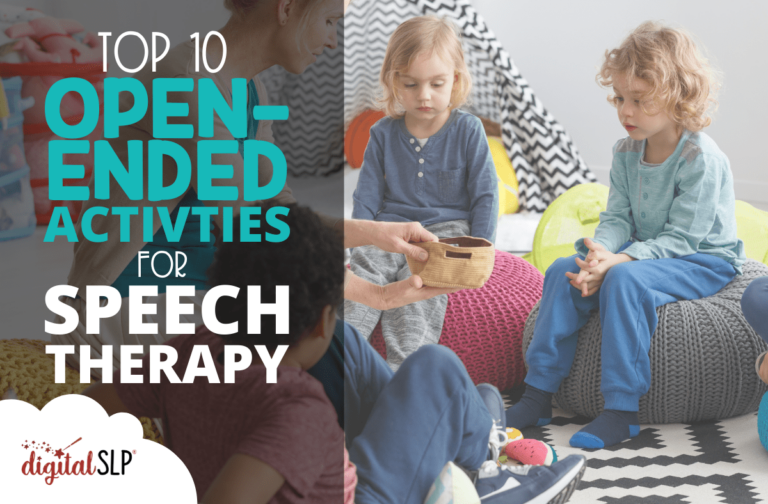
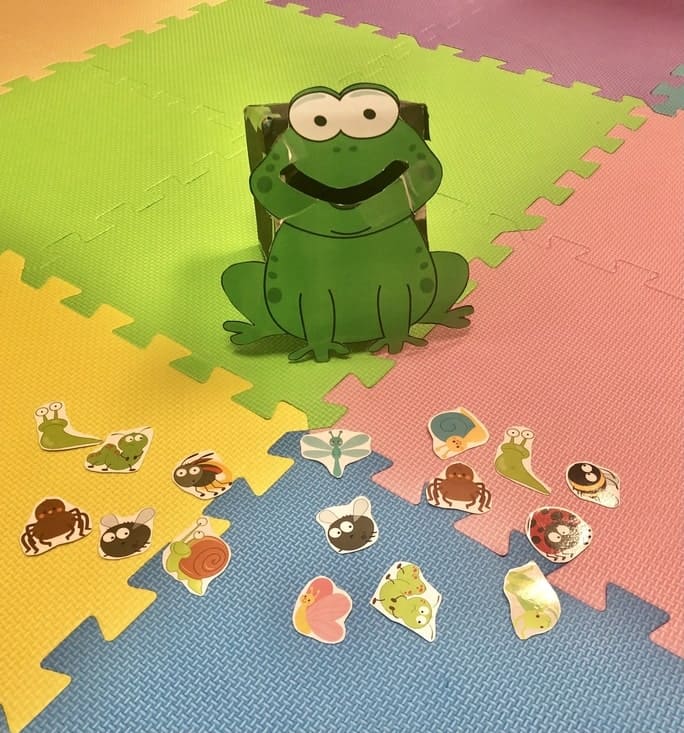




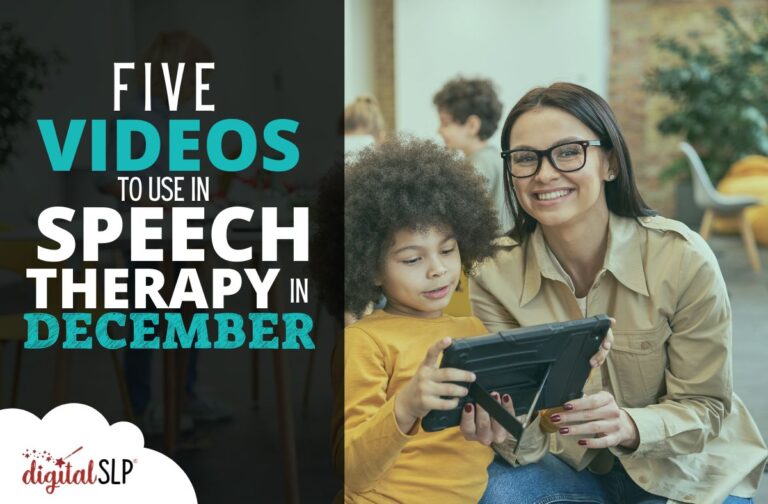
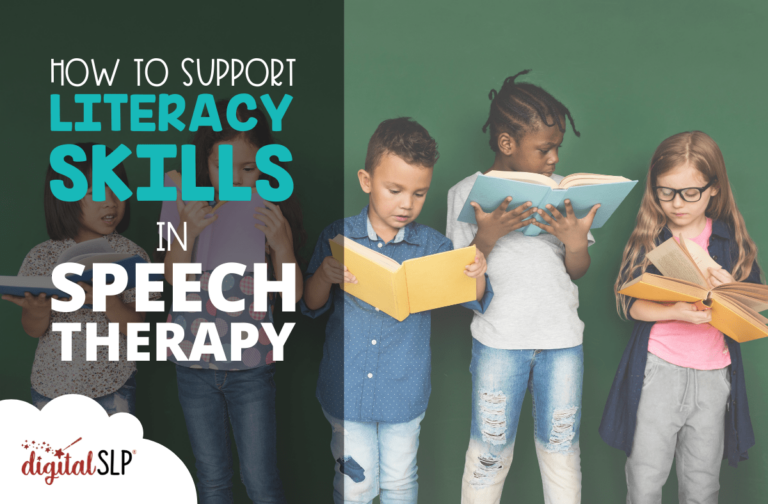
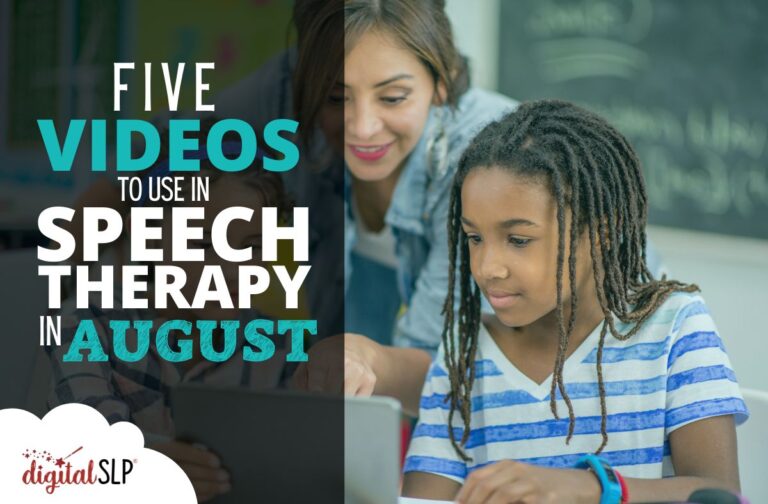
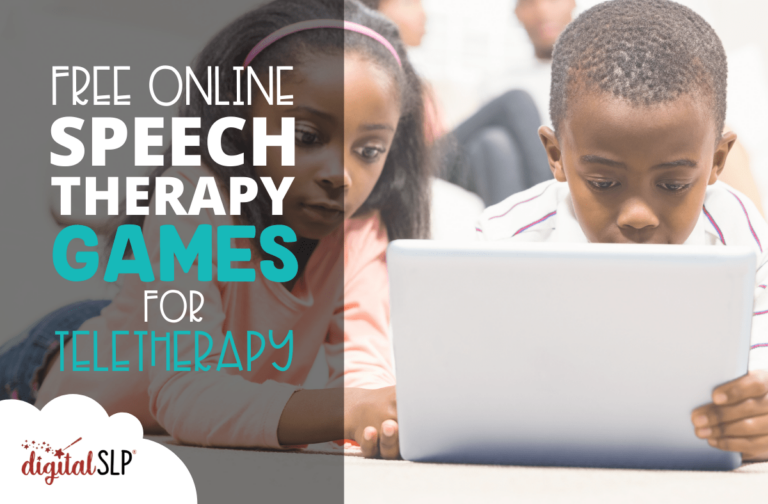
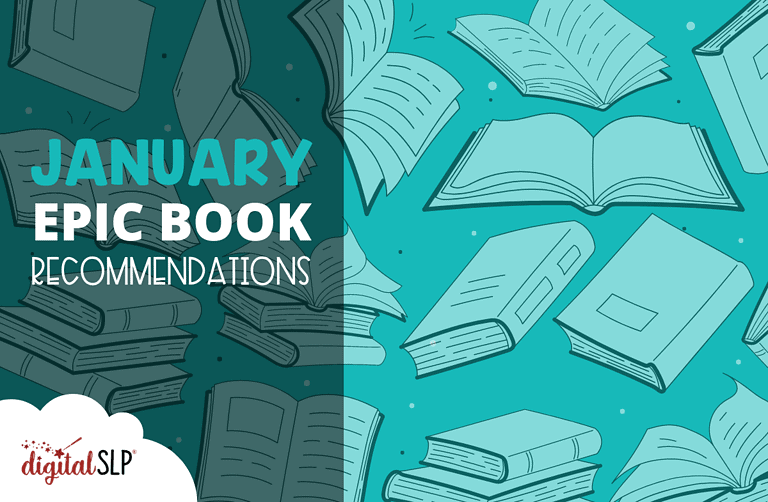

Recent Comments